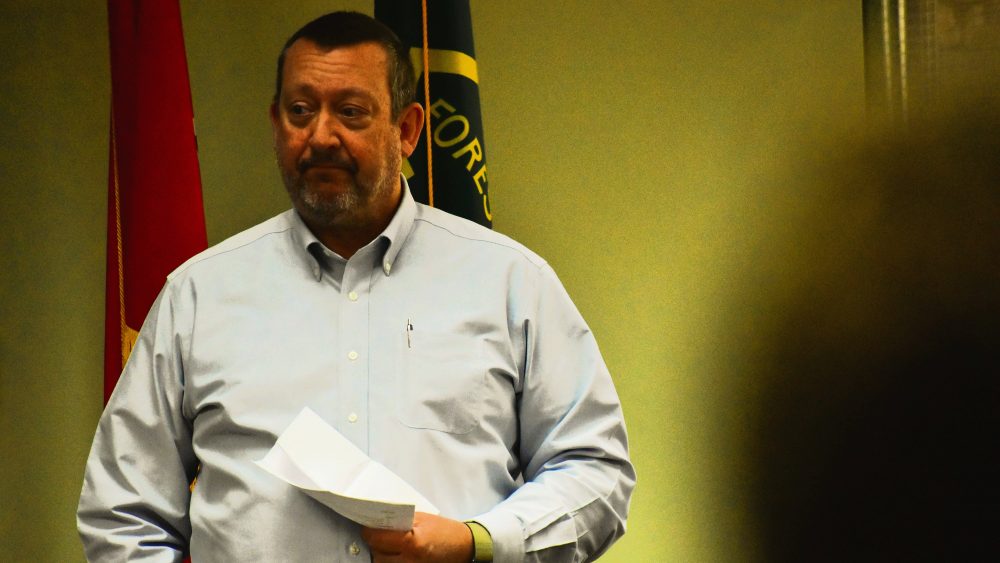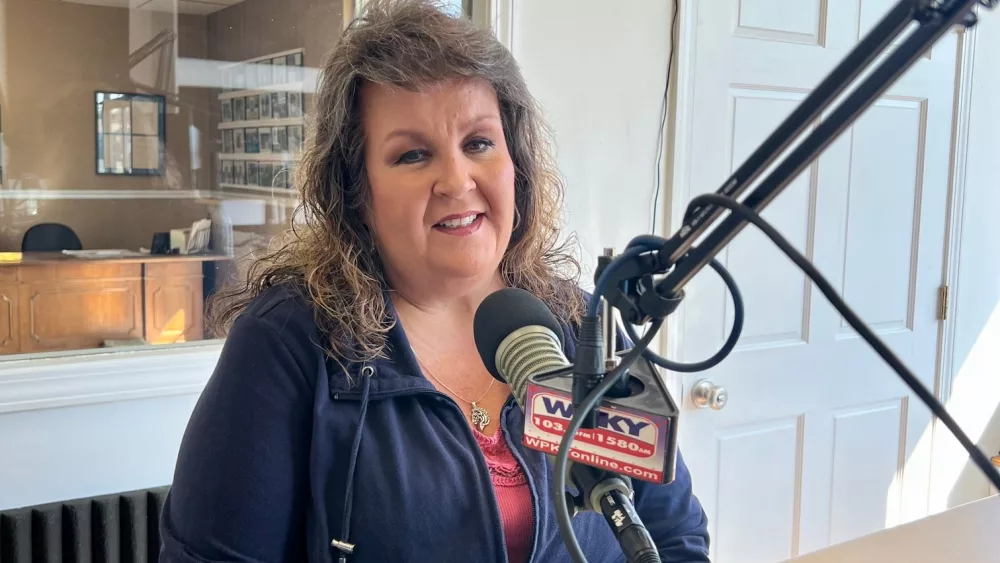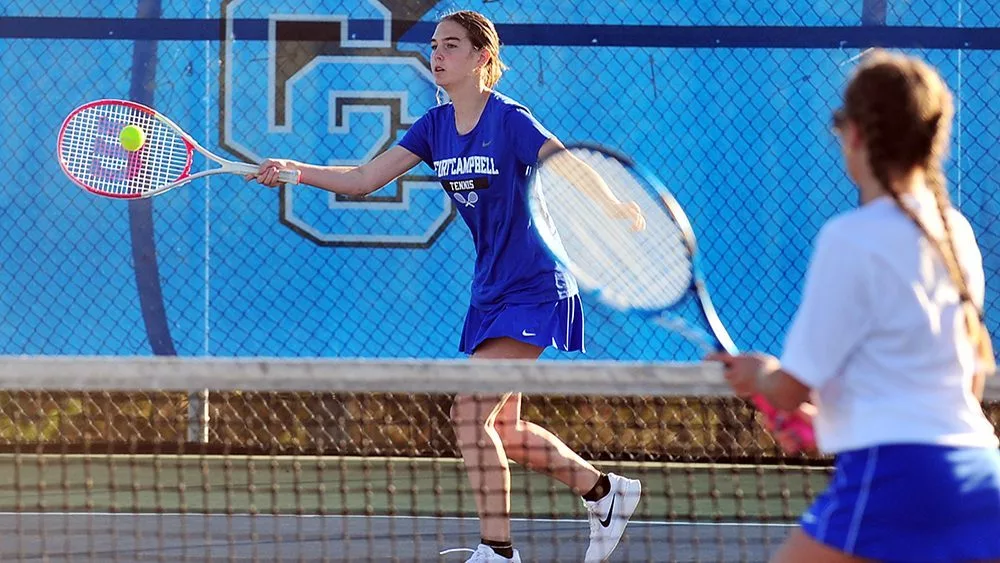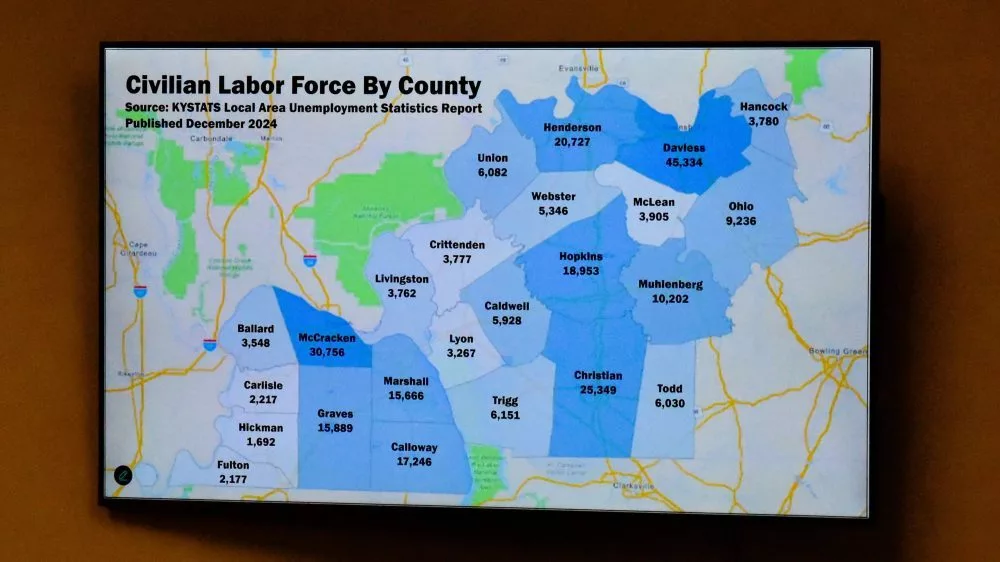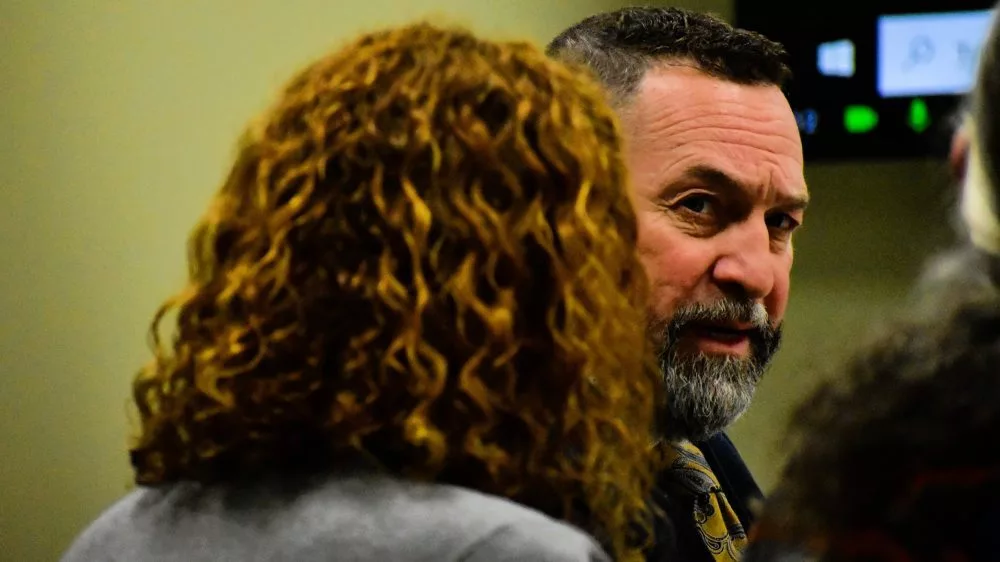
Wednesday’s Land Between the Lakes Advisory Board meeting could not pass without a considerable discussion about feral hogs — and what’s becoming a difficult effort to eradicate the non-native invasive species from the 180,000-acre natural refuge.
With plenty of fresh water and food, no major predator — like the black bear — in the regional food chain and lots of room to live and breed, LBL is simply hog heaven.
Andy Mowrey, Area Planner, said that as of this past year, officials with the Animal and Plant Health Inspection Service — or APHIS — had slain 1,046 hogs from aerial operations, and snagged another 94 through professional trapping efforts.
Those aerial operations, Mowrey said, included two helicopters — one of which that possessed infrared cameras that “helped considerably” with operations.
He called the data “pretty good numbers,” but officials are still trying to determine if hunting and trapping numbers are up over the past five years because of efficient measures, or if there are more hogs than ever to eradicate.
Asked by Trigg County representative Mark Turner if populations were on the rise or decline, and if the hunting was working, LBL Area Supervisor Jim McCoy said it’s still hard to tell — especially after observing considerable damages attributable to hogs in the southern portion of LBL.
Even this week, McCoy said there’s fresh evidence of torn up ground all across the area.
And though the hard data isn’t there yet, Mowrey said it would be fair to say that LBL turkey populations are on the decline — with a contributing factor being hogs, who love nothing more than to feast on things like turkey nests.
The good news, McCoy said, is that hog removal is yielding high results.
The bad news, he added, is that LBL, APHIS and other officials have been at this for five years, and it “appears” like the population is still growing.
Theoretically, McCoy and Mowrey said it “might” be possible to use new Lidar data — expected this summer — to garner new information about the species. Lidar is a remote-sensing method that uses light in the form of a pulsed laser to measure distances to the Earth, and it’s used to create exact maps of topography, vegetation, waterways and other details of a landscape.
And though it wasn’t readily discussed Wednesday, feral hogs can be eaten, but there are considerable risks associated with consuming wild pork. Unlike harvesting Asian carp from local waters, feral hogs have been connected to some diseases, and the taste of feral hog meat is different from domestic swine due to differences in diet and activity level. It’s generally described as a tougher, sinewy meat.
